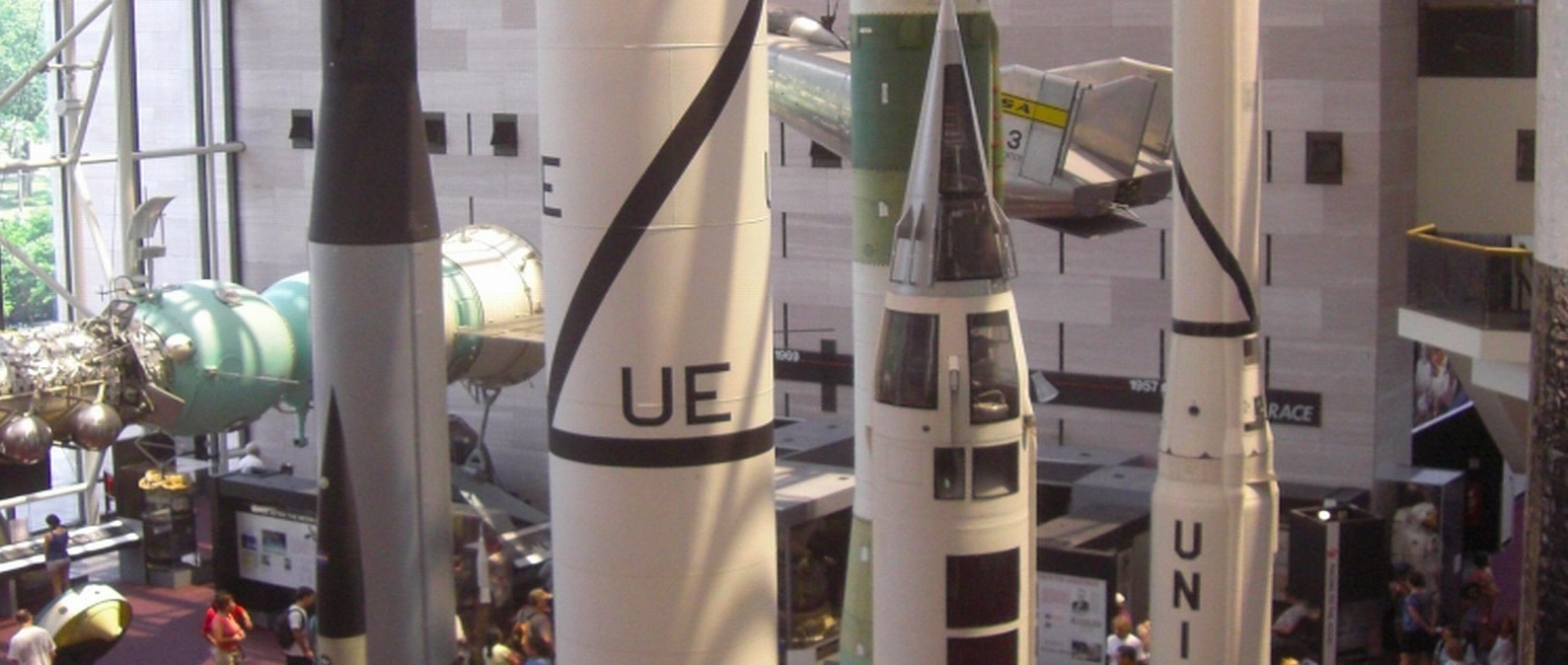Episodes

Thursday Apr 04, 2019
Space Rocket History #124 – Apollo: Astronaut Selection and Training – Part 2
Thursday Apr 04, 2019
Thursday Apr 04, 2019
With Group 4, for the first time, the selection criteria did not include a requirement for test pilot proficiency. Selectees who were not qualified pilots would be assigned to the Air Force for a year of flight training. The primary scientific requirement was a doctorate in medicine, engineering, or one of the natural sciences.

Wednesday Apr 03, 2019
Space Rocket History #123 – Apollo: Astronaut Selection and Training – Part 1
Wednesday Apr 03, 2019
Wednesday Apr 03, 2019
Selection of Group Two virtually depleted the pool of qualified candidates from the small corps of test pilots in the country, and it was the last group for which test-pilot certification would be a requirement. The new trainees reported to Houston in October 1962 to begin a two-year training course. A four-day work week was normally scheduled, the fifth day being reserved for public relations duties or for travel.

Wednesday Apr 03, 2019
Space Rocket History #122 – Apollo: Serious Problems with the Lunar Module and Grumman
Wednesday Apr 03, 2019
Wednesday Apr 03, 2019
Toward the end of January 1967, it was revealed that Lunar Module 1 would not reach the Cape in February, as expected. This meant, the moon landing might be delayed because the lander was not ready. But the mission planners could not wait for the Apollo engineers to iron out all the problems. They had to plan for a landing in 1969 and hope that the hardware would catch up with them.

Monday Mar 04, 2019
Monday Mar 04, 2019
The Pegasus satellite was named for the winged horse of Greek mythology. Like its namesake, the Pegasus was notable for its “wings”, a pair of 29 meter long, 4.3 meter wide arrays of 104 panels fitted with sensors to detect punctures by micrometeoroids at high altitudes. In its stored position with panels folded inside the Apollo service module, the Pegasus was 5.3-meters high, 2.1 meters wide, and 28-cm deep.

Monday Mar 04, 2019
Space Rocket History #120 – Apollo: Stages S-IV and S-IVB
Monday Mar 04, 2019
Monday Mar 04, 2019
The key to high-energy stages was to use liquid hydrogen as the fuel. Liquid hydrogen fuel appealed to rocket designers because of its high specific impulse, which is a basic measure of rocket performance. Specific Impulse is the impulse delivered per unit of propellant consumed. You might think of it as the efficiency of the rocket. Compared to an RP-1 (kerosene) fueled engine of similar size, liquid hydrogen fuel could increase the specific impulse or efficiency of an engine by 40 percent. The combination of hydrogen and oxygen for propellants made the moon shot feasible.

Monday Mar 04, 2019
Space Rocket History #119 – Apollo: Lunar Module Design – Part 3
Monday Mar 04, 2019
Monday Mar 04, 2019
At various stages of lunar module design, mockup reviews were conducted to demonstrate progress and identify weaknesses. These inspections were formal occasions, with a board composed of NASA and contractor officials and presided over by a chairman from the Apollo office in Houston.

Monday Mar 04, 2019
Space Rocket History #118 – Apollo: Lunar Module Design – Part 2
Monday Mar 04, 2019
Monday Mar 04, 2019
The Lunar Lander originally had two docking hatches, one at the top center of the cabin and another in the forward position, or nose, of the vehicle, with a tunnel in each location to permit astronauts to crawl from one pressurized vehicle to the other…

Monday Mar 04, 2019
Space Rocket History #117 – Apollo: Lunar Module Design
Monday Mar 04, 2019
Monday Mar 04, 2019
Since the lunar module would fly only in space (earth orbit and lunar vicinity), the designers could ignore the aerodynamic streamlining demanded by earth’s atmosphere and build the first true manned spacecraft, designed solely for operating in the spatial vacuum.

Monday Feb 04, 2019
Space Rocket History #116 – Apollo: Little Joe II
Monday Feb 04, 2019
Monday Feb 04, 2019
A few seconds after liftoff, a fin-vane at the base of the booster stuck and started the 13-meter-tall spacecraft-booster combination spinning like a bullet. Twenty-six seconds into the flight the vehicle started coming apart. The abort-sensing system signaled the launch escape tower rocket to fire and pull the spacecraft away…

Monday Feb 04, 2019
Space Rocket History #115 – Saturn I: SA-4, SA-5, SA-6, and SA-7
Monday Feb 04, 2019
Monday Feb 04, 2019
Saturn 1, SA-6 was the first orbital launch of an Apollo Spacecraft by a Saturn Launch Vehicle and also the first flight utilizing an active ST-124 Stabilized Platform.

